Review by Pete Vack
While we have been reviewing the library of Alfa Romeo 105 books, there is another in the series which is a bit different. Patrick Dasse/Martin Übelher Alfa Romeo Tipo 33 1967 follows the development of the T33 on a month-by-month, race-by-race, year-by-year basis, and like others in this series, presents 338 photos, most from the Alfa archives, most never seen before. This particular volume was first published in 2018, long before many of the 105 series books were finished. So this review is a bit late; happily there are still a few copies left.

January 1966; the team at Alfa with the four cylinder prototype. The T33 project would be soon be handed over to Autodelta.
History by the year
What is also very unusual is that this volume not only just covers the T33, but only a single year, 1967. However, Dasse/Übelher trace the T33 from a cobbled up four-cylinder, rear-engined car in January 1966, to the T33/2 in November of 1967, a magnificent machine that was a far cry from that original prototype.
After the authors exhausted the photos of the T33, we are treated with a chapter on the Stradale and the OSI. And he affirmed that there will be separate books for each year of the T33 racing history, up to 1977.
Unprecedented Access
Having access to the invoices and records between Alfa and Autodelta, Dasse was able to determine what chassis numbers were assigned to most of the T33s at both testing sessions and races. “At the time of our research for this book, there was a room in the Alfa Romeo Storico, Centro Documentazione in Arese in which a large number of documents were stored which had not yet been properly filed. In the course of Dr. Marco Fazio’s work sorting and organizing the archive, he uncovered a number of diverse and highly interesting documents which he kindly showed us during one our visits,” writes Dasse. They found that “Autodelta completed race reports for Alfa Romeo’s executive board from the beginning of autumn 1965. These comprehensive reports included the drivers’ names next to the cars, their VINs and the race numbers the cars had been allocated.” He adds that “Nevertheless, at the time of publication, we have been unable to identify some of the cars without some degree of doubt, in particular some of the cars photographed in 1967 during the official presentation of the Tipo 33 and during some of the test drives.” But the book was published five years ago; we asked Dasse if anything had changed since publication. He confirmed that there were no misprints or typos; all engine number and chassis numbers listed in his book are as they appear on the reports and invoices.
Introducing Dott. Ing. Severi
As an Introduction, Dott. Ing. Gherardo Severi writes of his experiences as an engineer. It is a welcome addition; there is very little information about Severi; the go-to book on the T33, The development and racing history by Collins and McDonough, mentions him twice, but lists his first name as Martino. Maserati, The Family Silver by Nigel Trow does not reference him at all, and there is very little found on the internet. Severi is a direct contemporary of Maserati’s Ermanno Cozza, who was born a year later in Modena. In his revealing Maserati at Heart, Cozza mentions that Severi was hired on at Maserati along with Melchionda to replace outgoing Engineer Dallara. Both Cozza and Severi were highly motivated as youths by watching the race cars which could be seen and heard in their neighborhoods; Cozza would watch the Maseratis being test on the new Modena Autodrome circuit in 1950, and Severi was enchanted by watching the Alfas being tested near Maranello where he was living. His favorite driver was Attilio Marinoni, who was unfortunately killed on June 18, 1940 when testing a Tipo 158 on the Milan Varese autostrada. News of this must have gotten to an 8-year-old Severi but didn’t deter him. After training as an engineer, Severi joined Maserati in 1962, then on to Porsche in 1964. He brings his brief right up to the time he was charged with the development of the T33 (aside from the engine) in late 1967. His informative and interesting narrative then ends. Will there be more? We asked author Dasse, and he assured us that Severi’s unique story will continue in the 1968 volume of the adventures of the T33, to be published later this year (hopefully). Sadly, Gherardo Severi passed away last week on January 8th 2022.
And once more we are very happy that Dasse and his crew have worked hard to make these photos available to the public. I can think of no other individual who has done more to save the history of post war Alfas than Dasse/Übelher and company. Overall it is an incredible achievement.
More photos from the book:
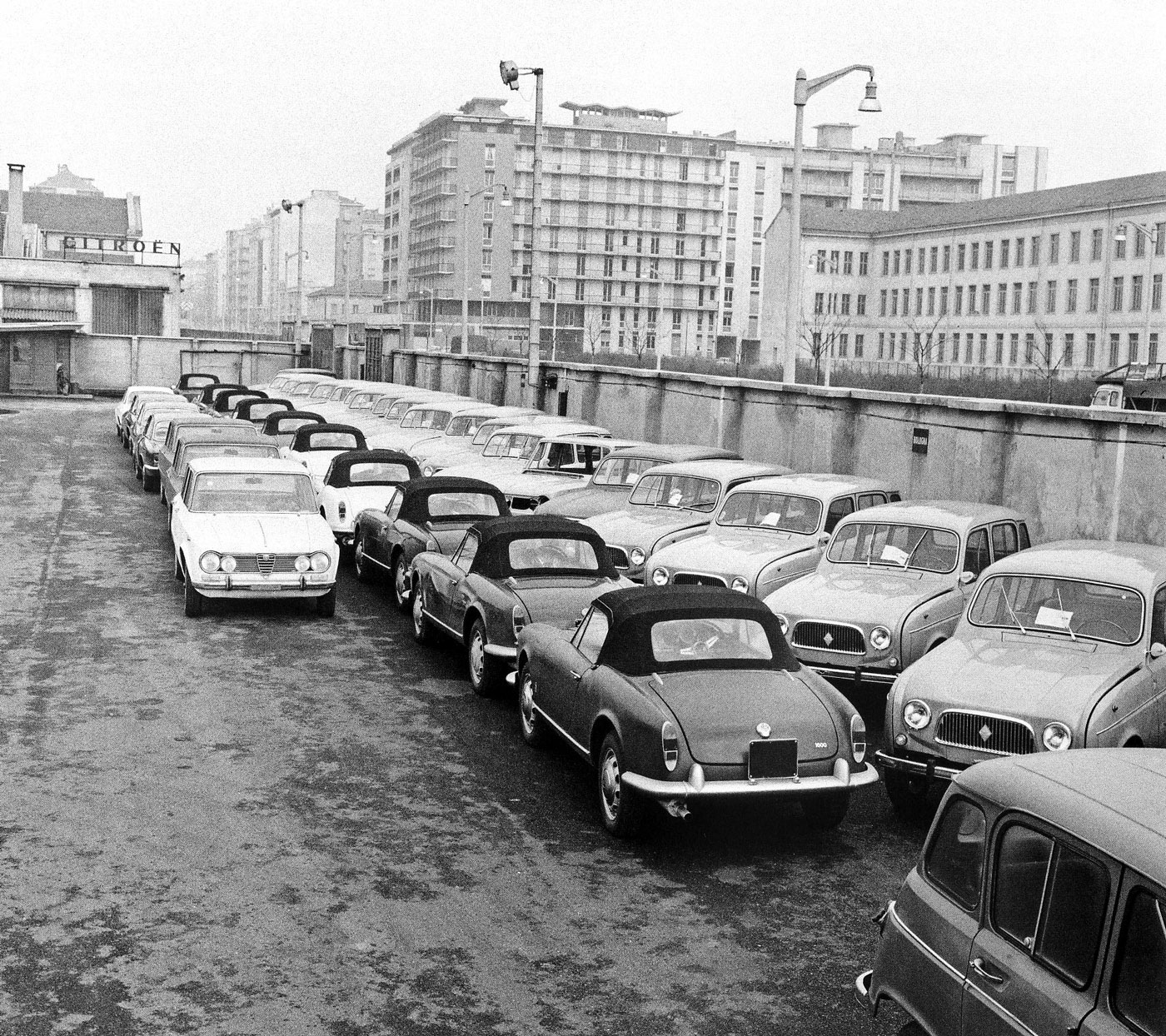
Busso had it in mind to have Alfa create a less expensive, road-going mid-engined car. He used suspension parts from Renault R4s which were being built at Alfa under license, as can be seen in this 1964 photo. The project was eventually called off.
Product information “Alfa Romeo Tipo 33 / 1967”
https://dingwort-verlag.de/en/alfa-romeo/16/alfa-romeo-tipo-33/1967?c=7
This book focuses exclusively on the development of the Tipo 33 and the motorsport activities of the car during 1967.
It was a long held belief that there was only scarce documentation available concerning Autodelta, the motorsport company. With the help of Dr. Marco Fazio we were able to unearth various diverse records from the Alfa Romeo archives which contained detailed reports of the race activities of Autodelta. With such records in hand we were able to build a complete picture, free of any doubt, of the cars that participated in races during 1967 in the works team.
312 pages, 224 black and white photographs and 114 colour photographs
Size: 25,7 x 22,9 cm Weight: 1,6 kg
Language: English – German
Author: Patrick Dasse & Martin Übelher
ISBN 978-3-87166-116-7
Free shipping within Germany.
Tipo 105 Book Reviews so far:
Read Review of Book 1: Berlina
Read Review of Book 2: RHD Alfas
Read Review of Book 3: Junior Zagato Alfas
Read Review of Book 4: Building a Giulia

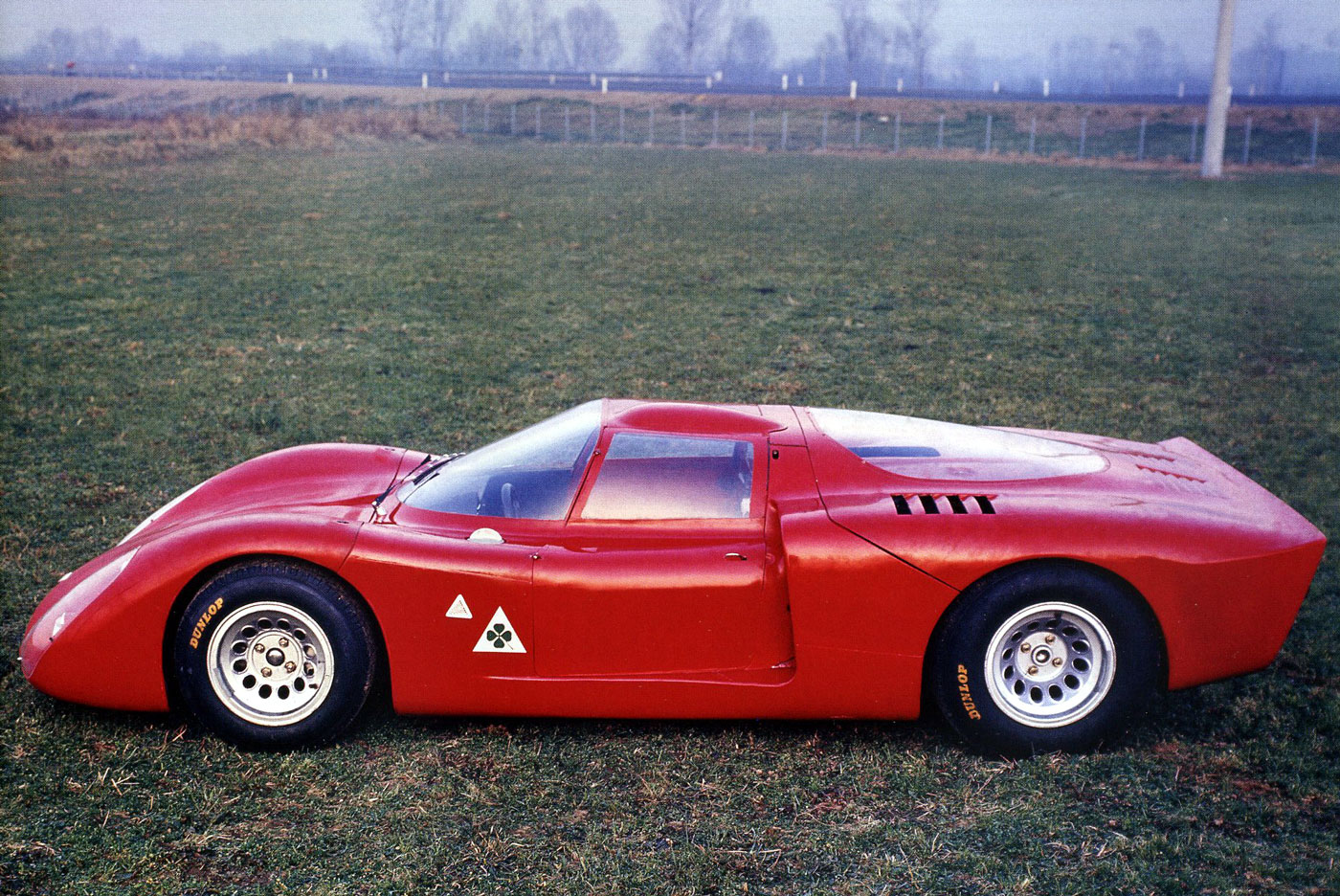

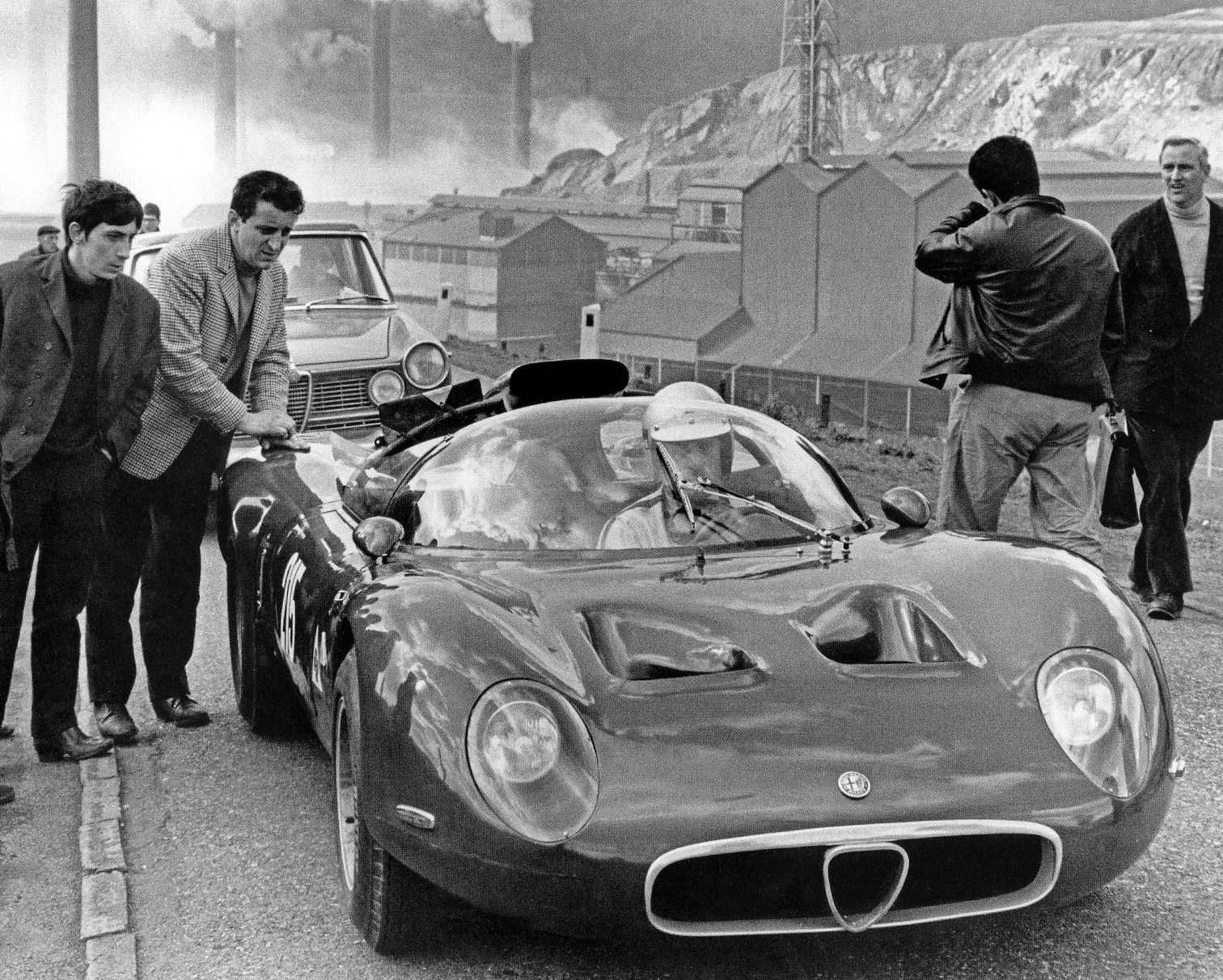
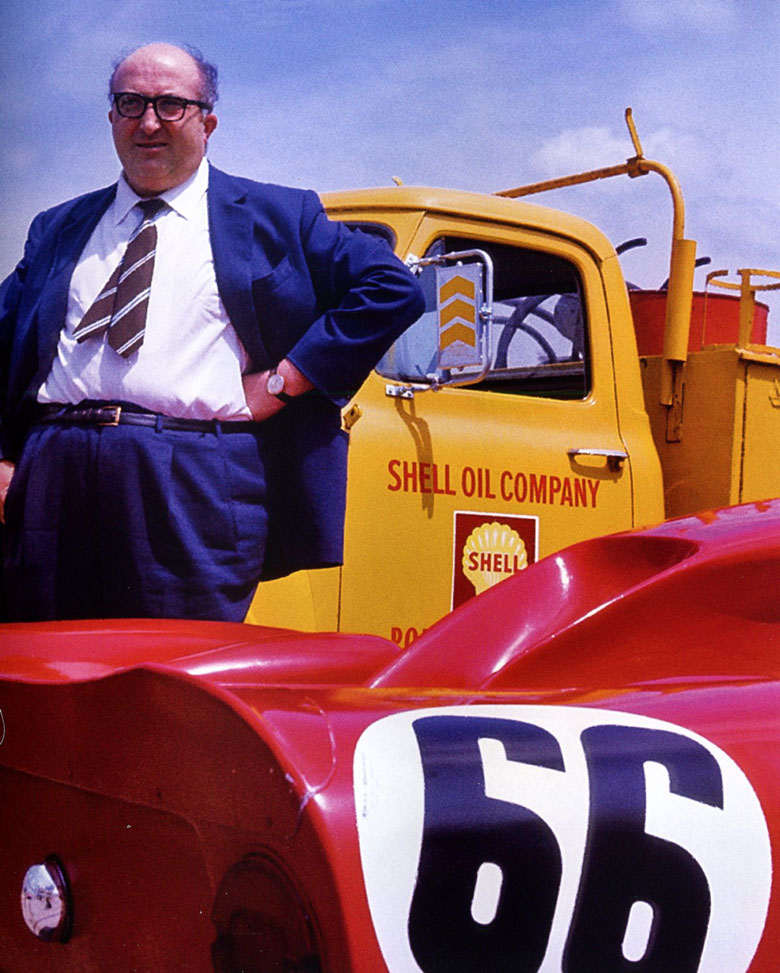
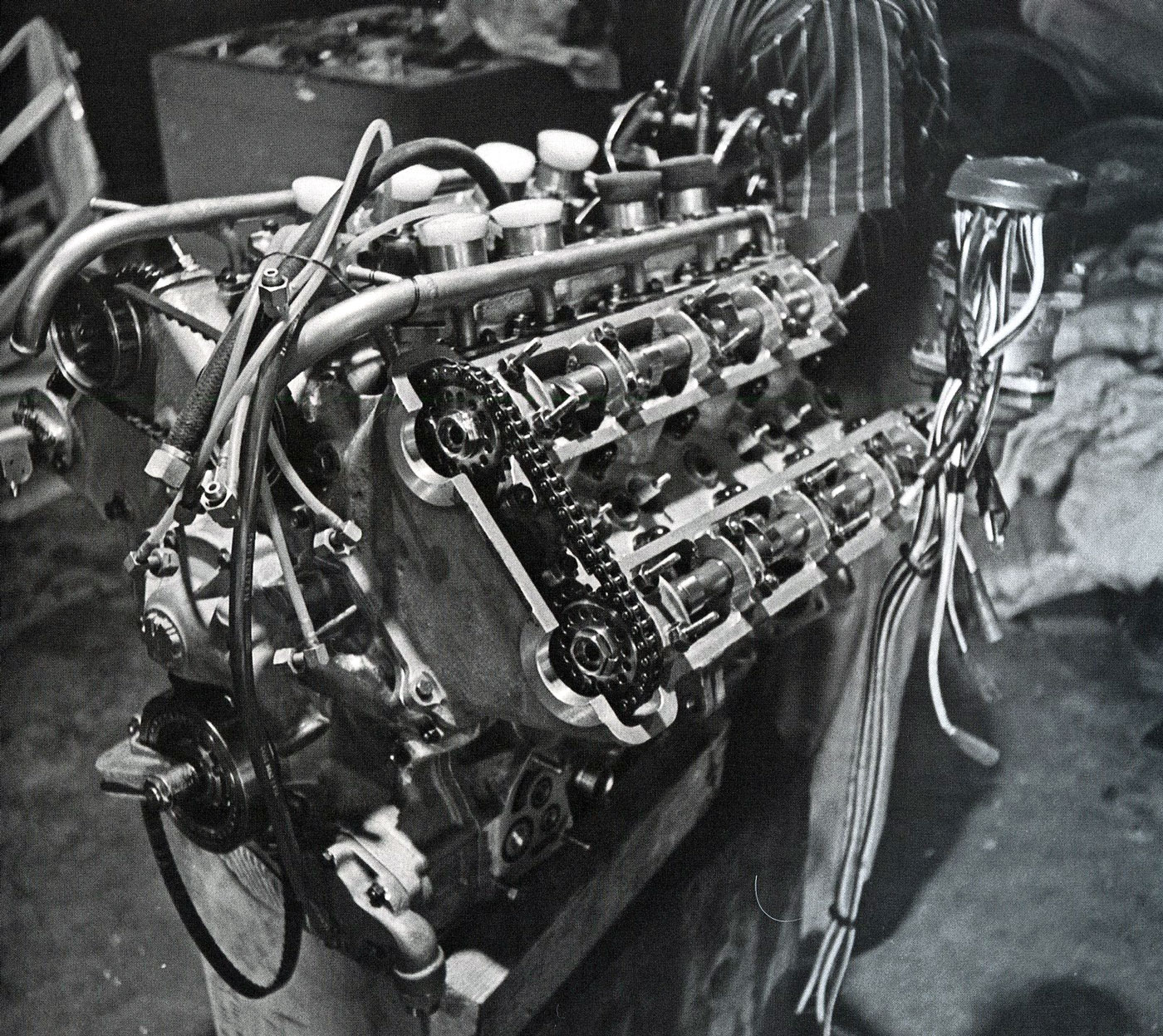
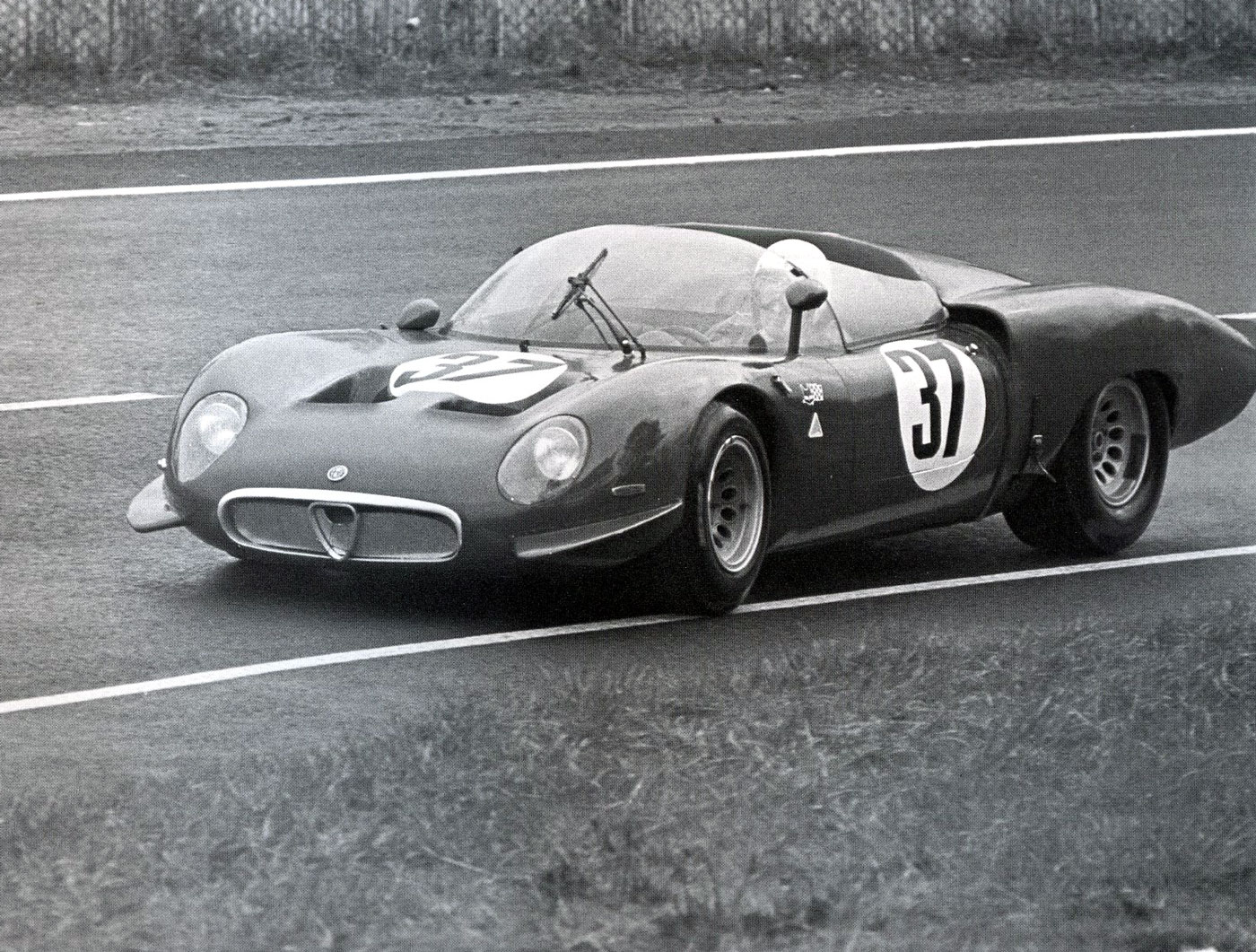
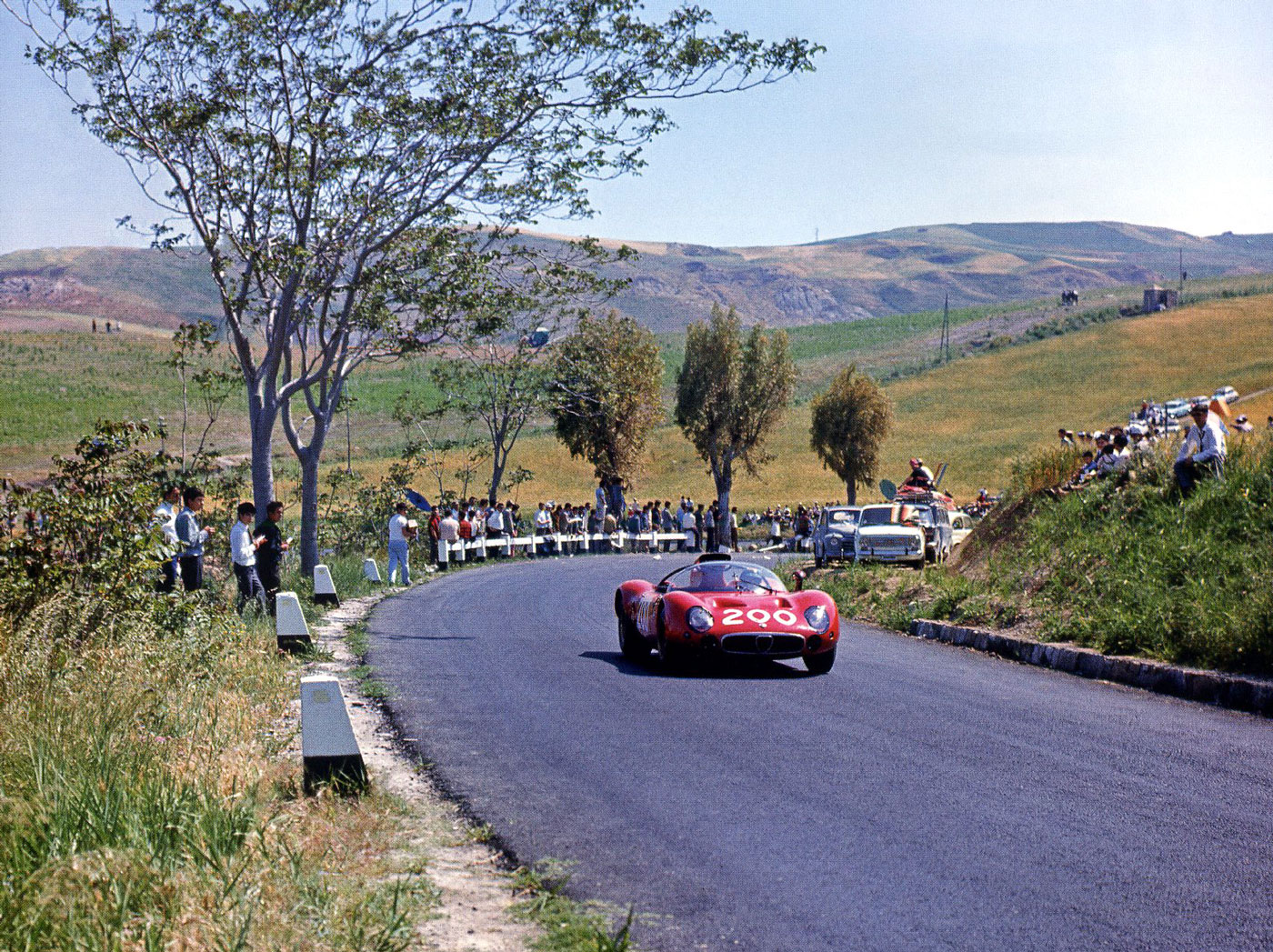
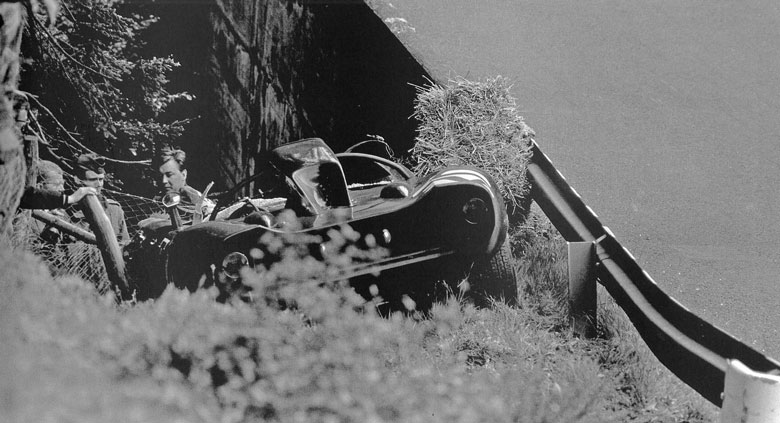
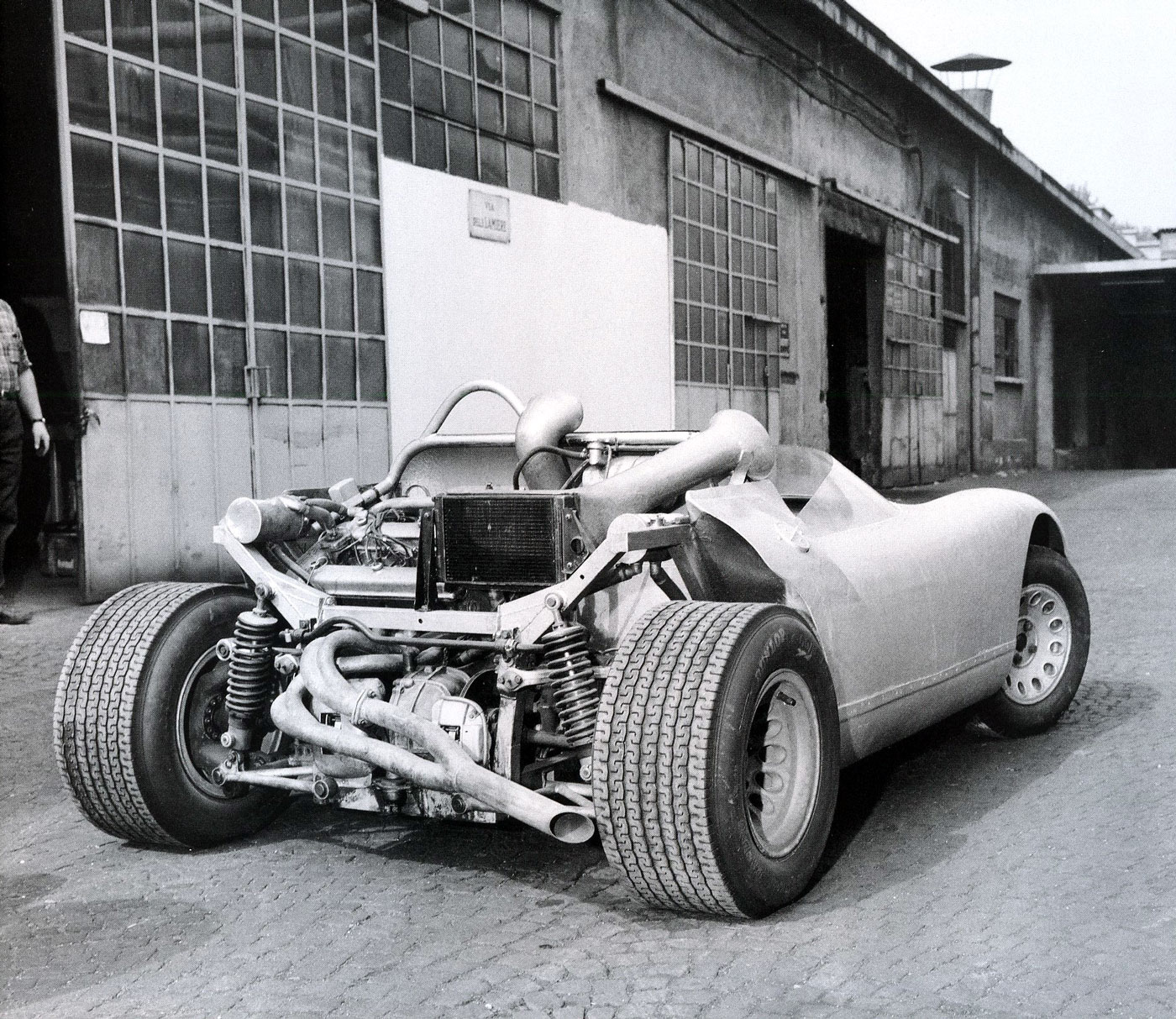
Excellent stuff. Would like to see something on it’s link with the Stradale road car.
Actually, Greg..the heavy lifting has already been done for your interest in the T-33 series and Franco Scaglione’s breathtaking Stradale. First and second hand recollections from those ‘who were there’, original documents and a time line of the actual assembly of the early cars is found in two places: the past issues of VeloceToday (search: Franco Scaglione, Stradale) and a virtual compendium of highly curated delicious material awaits you at http://www.AutodeltaGoldenYears.com. Hope this helps, Greg.
Pete
I read your review with some interest, and indeed some surprise. When Peter Collins and I wrote our T33 book in 2005, we had spoken to many, many people who had been key parts of the T33 story, Nanni Galli, Teodoro Zeccoli, Gianni Chizzola, numerous mechanics and team members and current and past T33 owners. For several years we have always cautioned the many people who came to us about the provenance of a certain car. Zeccole himself said “that what Chiti wrote down was not necessarily accurate”. He kept his own records as best he could but what appeared on an entry form was not necessarily what turned up to race. Galli said that the cars were always being reparied, the parts swapped around, and the chassis number was whatever was on the form for the customs. Hence, I think the location of a number of invoiced is not reliable information. I think the book is good because it brings together lots of photos of the 1967 cars…though in fact many have been seen before…especially in Italian magazines and the Alfa house magazine, but they are a good collection. Nanni Galli said to us that he thought he usually drove 005, and made a mark on the chassis somewhere to know it was his car. The authors’ chassis numbers do not match up to this, nor do their numbers match the still existing cars’ histories as the current owners have it from much research. 001 was always thought to be the Fleron car, and we examined its original chassis with the numbers on it.
We may have mentioned Severi only twice…that was because he was seen as a relatively minor part of the 1967 story…which of course may be wrong. I also notice that the authors have no bibliography or list of sources, and though they may have found invoices, where did the rest of the history of 1967 come from?
I would not want prospective buyers of T33 cars to feel that information about cars should be wholly trusted without considerable research, and if somehow a much bigger collection of T33 material has emerged at Alfa Romeo, I would certainly like to see it. 1967 saw a relatively small number of cars built and half of those were destroyed. The number gets much bigger from 1968 onwards, so if the authors proceed with the tale, it will be interesting to see where the information comes from.
Ed McDonough
We have only included in our book those frame numbers that were quoted by Autodelta, whether on invoices or race reports sent to Alfa Romeo, or those on the event entry forms.
Patrick was permitted by Alfa Romeo to make copies and notes of internal correspondence, but the use of photos was limited to production and vehicles.
19670624, vehicle 004 was noted for start number 436 (de Adamich) and vehicle 003 for number 438 (Nanni) during the acceptance test for the Palermo-Montepellegrino hill climb.
19670718 Autodelta sent an invoice to Alfa Romeo for the production of the 003 and 005 vehicles.
19670822 Autodelta sent an invoice to Alfa Romeo for the production of vehicles 004, 006, 007 and 008.
In total 19670822 Autodelta sent invoices to Alfa Romeo for the use of 003, 004, 005, 006, 007 and 008 at Sebring, Le Mans pre-test, Targa Florio (test and race) and Nürburgring.
In 19671206 Autodelta sent invoices to Alfa Romeo for the use of vehicles 003, 005, 006, 007 and 008 at Rossfeld, Sestrière, Mugello (test and race), Lumezzane, Montlhéry and Vallelunga, as well as a separate invoice for each vehicle for every single event.
Exceptions were only made by me if a vehicle could be clearly identified as a previously designated one: The leather straps that were used to fasten the rear engine hoods were mounted in different positions on most vehicles, and stickers on the bodies also helped with the comparison of the photos and confirm the information provided by Autodelta.
As stated in the book, the plastic bodies were exchanged for the 1000 km race at the Nürburgring, the doors had a different shape, which also required a new center section.
In 19681226 Auto Italiana 52 magazine, Autodelta reported eight ’67 cars were built, of which four were still left in their R&D department.
We have deliberately excluded from citing assumed frame numbers (hearsay), so far we have not been presented with any documents that cast doubt on Autodelta’s numbers, nor any that bring new insights into other race participations or chassis.